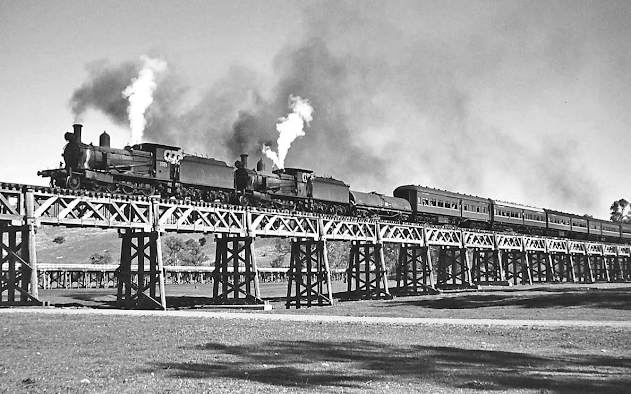20230523 SA Eurelia
There’s only a hand full of people left in these townships, one shop opened with deserted buildings along the Main Street with vacant blocks everywhere, yet there’s no free camping, so we left Carrieton and drive two minutes up the hill when we noticed an old Hall, Des turned around to check it out, this will do us for the night so we parked in front of a deserters house and set up for the night. The town is deserted apart from a house on the corner and from what I can tell there was once a Railway that ran through the town and a few ruins, a storage shed and old relic scattered about the grounds, a great place to wonder and capture some interesting photos.

I googled Eurelia and found out it was once a major centre along the railway due to watering facilities, several large dams, a large stone station and residence, and a large refreshment room locate inside the goods shed. By the late 1980’s the goods shed had survived and the remaining stump of the station had gone, and the rest was general dereliction. By 2005 the line was being ripped up for good.
We took over the abandoned home and peaked in through the windows, the room was full of discarded furniture and other household items, it’s like who ever once lived here just up and left leaving all there possessions behind.
I grabbed my camera and head out to explore my surroundings of what was once a busy town built on an inland stock route where the station and surroundings are slowly deteriorating.
As I move in to capture my photo a flock of pigeons take flight from there home in this old water tank.
Although most of the rail has been pulled up the old storage shed and water pump still stand as a reminder of a town that was once here.
Further down the back I found more ruin and when look to the distance there’s many more scattered about the land, I can see that Eurelia was once a prospering settlement.
This old abandoned car is evident of a life that once existed in this town.
As I continued my walk I came upon this poor sheep who’s head was stuck in the fence, she freaked out as I approached her and when I pulled the wire apart she pulled like crazy and finally freed herself, but kept on collapsing. I don’t know how long she’d been there but the ground smelt bad and she had difficulty walking, but she was now free and I’m sure will recover. Well that’s my good deed for the day.

Another ruin on the top part of the hill overlooking the farm, not a bad spot to live even if it was dry.
Here I am strolling through the grounds with my camera when I noticed a car pull out of the only house here to drive around the block and I’m sure she was checking me out, I did wave but she kept driving, well Marilyn, Desie’s sister who received my new license said I looked like a criminal.
Inside the ruins gives you a good insight into how our settlers lived in the 1800’s and so far from what I can tell, they all had a fireplace and I’m guessing it was an open plan but as you can see there’s not much left of this cottage.
Looking through the window at the old water tank.
I literally crapped myself when I walked in and found this blue tongue lizard who looked me up and down as if I was trespassing.
The long power polls in these areas are made of cement with steel struts, boring I know but it makes for a great picture as it blends into the landscape.
Later in the afternoon Des and I grab a beer and walk the grounds when I spotted these grubs devouring this bush, no touching these little buggers.
I know it’s another ruin but I find them fascinating, especially how the colours blend into the rich surroundings.
We walked up a small hill and found water in the dam, very unusual out here until I read Eurelia once had two dams. The first built when the railway was constructed and held 20,000,000 imperial gallons (9.1×1010 ml), later on a new dam of the same capacity was dug with the intent that the old dam acted as a settling pond.
In 1882 “The Agriculture Outlook in the North”
A settler was driving sixty head of horned cattle three times each week a distance of thirteen miles to water and back, and in the months of May and June twenty-seven head of large cattle died through loss of flesh and sheer exhaustion, this loss was estimated at £4 per head, or £108 total.
Tough Times in The Outback




















Comments
Post a Comment